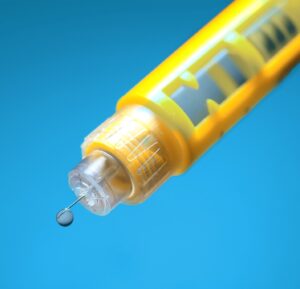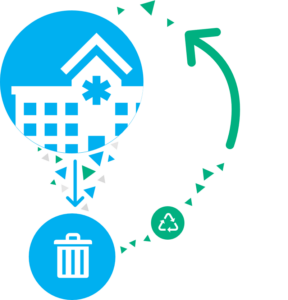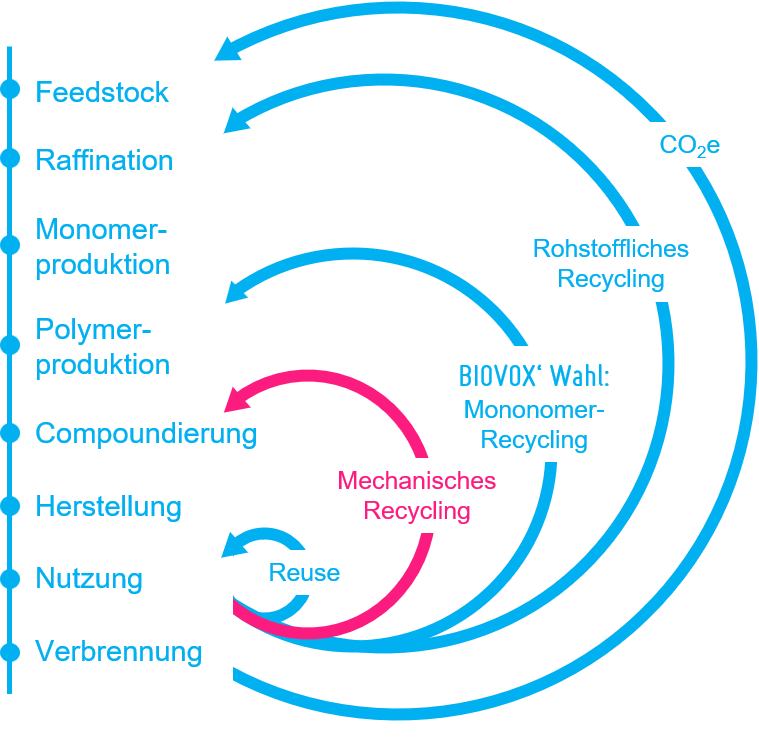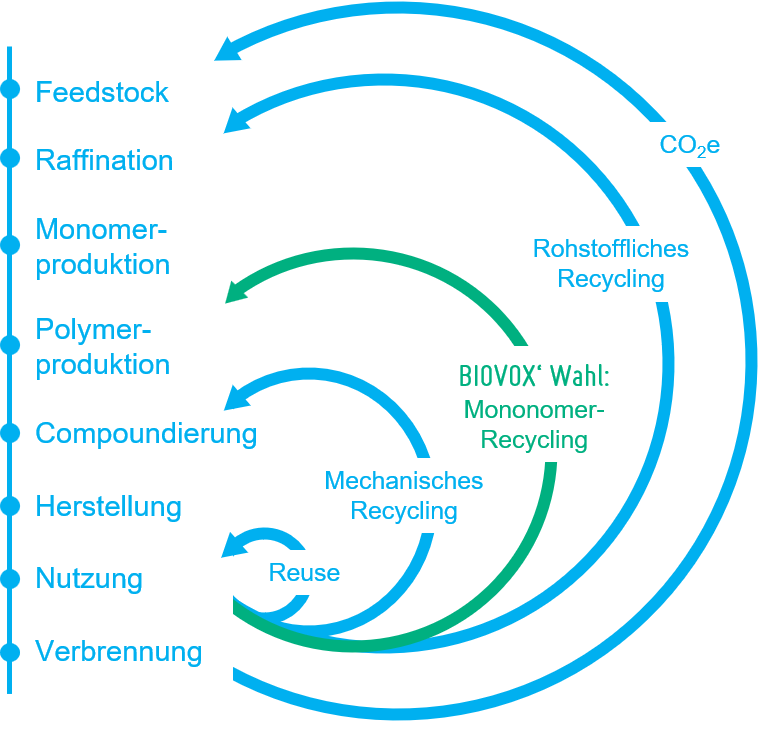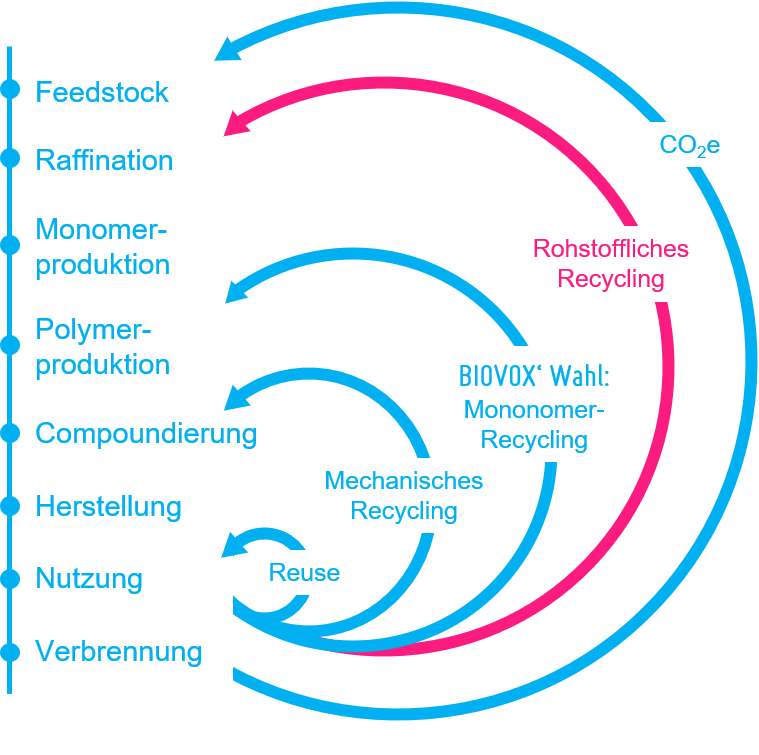It gets more exciting with plastic waste that is potentially contaminated (AS 18 01 03). For example, disposable products from the operating room, which may come into contact with blood or secretions and thus contain infectious material. There are, of course, stricter requirements for this. Currently, this waste is practically always burned. Thereby there is definitely the possibility to generate a value stream here. While the so-called Sharps (AS 18 01 01), such as scalpels, syringes, etc. must actually be incinerated, disposable plastic products, such as single-use tweezers could be recycled. There is currently also a theoretically predefined path here: for this, the plastic waste must be cleaned and decontaminated. Decontamination must be carried out and approved in accordance with RKI guidelines. In addition, the authority responsible for waste disposal must give its consent.
